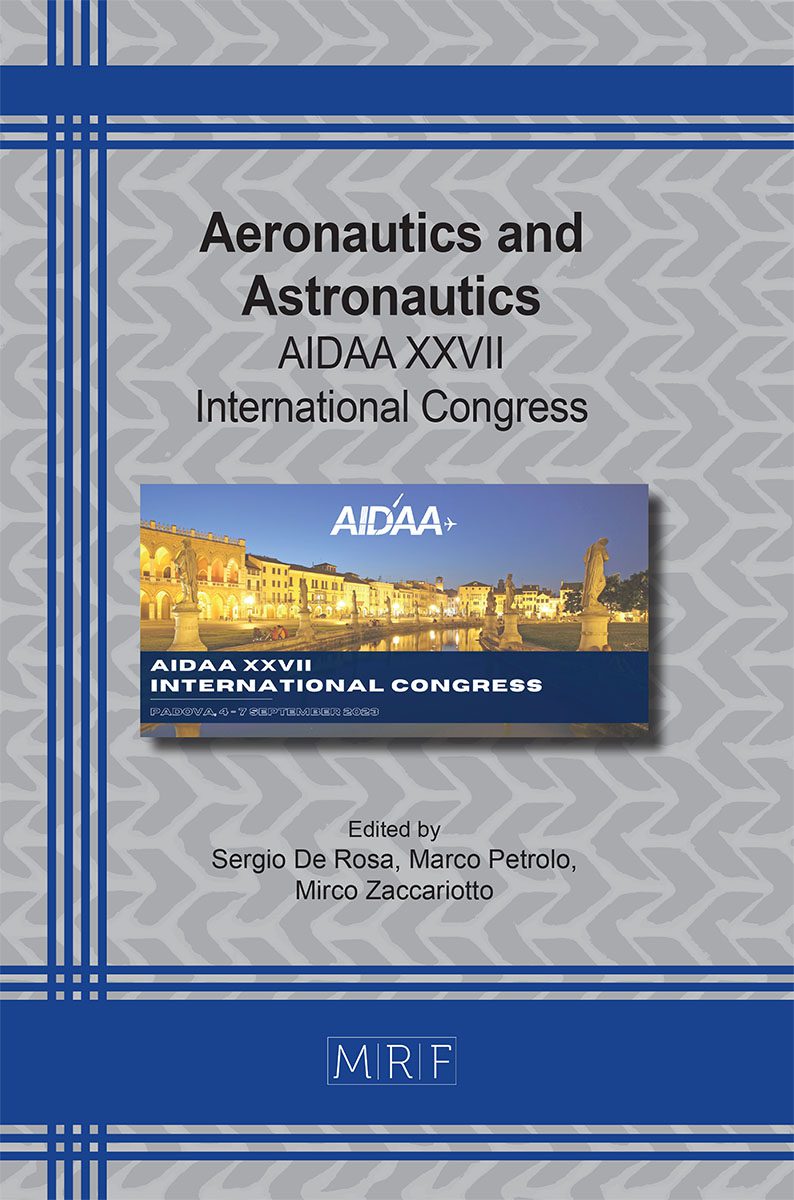Simulations for in-flight stellar calibration aimed at monitoring space instruments optical performance
Casini Chiara, P. Chioetto, A. Comisso, A. Corso, F. Frassetto, P. Zuppella, V. Da Deppo
download PDFAbstract. Stellar in-flight calibrations have a relevant impact on the ability of space optical instruments, such as telescopes or cameras, to provide reliable scientific products, i.e. accurate calibrated data. Indeed, by using the in-flight star images, the instrument optical performance can be checked and compared with the on-ground measurements. The results of the analysis of star images, throughout the whole instrument lifetime in space, will allow tracking the changes in instrument performance and sensitivity due to optical components degradation or misalignment. In this paper we present the concept, the necessary input and the available outputs of the simulations performed to predict the stars visible in the FoV of a specific space instrument. As an example of the method, its application to two specific cases, i.e, Metis coronagraph on-board Solar Orbiter and the stereo camera STC on-board BepiColombo, will be given. Indeed, due to their operation in proximity to the Sun, and also to Mercury for STC, both instruments operate in a hostile environment, are subjected to high temperatures and experience high temperature variations. Performance optical monitoring is thus extremely important.
Keywords
In-Flight Calibration, Space Instruments, Metis, STC
Published online 11/1/2023, 5 pages
Copyright © 2023 by the author(s)
Published under license by Materials Research Forum LLC., Millersville PA, USA
Citation: Casini Chiara, P. Chioetto, A. Comisso, A. Corso, F. Frassetto, P. Zuppella, V. Da Deppo, Simulations for in-flight stellar calibration aimed at monitoring space instruments optical performance, Materials Research Proceedings, Vol. 37, pp 542-546, 2023
DOI: https://doi.org/10.21741/9781644902813-119
The article was published as article 119 of the book Aeronautics and Astronautics
![]() Content from this work may be used under the terms of the Creative Commons Attribution 3.0 license. Any further distribution of this work must maintain attribution to the author(s) and the title of the work, journal citation and DOI.
Content from this work may be used under the terms of the Creative Commons Attribution 3.0 license. Any further distribution of this work must maintain attribution to the author(s) and the title of the work, journal citation and DOI.
References
[1] Fineschi, S. et al., Optical design of the multi-wavelength imaging coronagraph Metis for the solar orbiter mission. Exp Astron, 49, 239-263 (2020). https://doi.org/10.1007/s10686-020-09662-z
[2] G. Cremonese, et al., SIMBIO-SYS: Scientific Cameras and Spectrometer for the BepiColombo Mission, Space Sci Rev 216, 75, 2020. https://doi.org/10.1007/s11214-020-00704-8
[3] A.Slemer et al., Setting the parameters for the stellar calibration of the SIMBIO-SYS STC camera on-board the ESA BepiColombo Mission. Proc. of SPIE Vol. 11443 1144374-1. https://doi.org/10.1117/12.2560648
[4] V. Da Deppo et al., Optical design of the single-detector planetary stereo camera for the BepiColombo European Space Agency mission to Mercury. App. Opt. xx. https://doi.org/10.1364/AO.49.002910
[5] Information on https://www.dei.unipd.it/~dadeppo/STC.html












